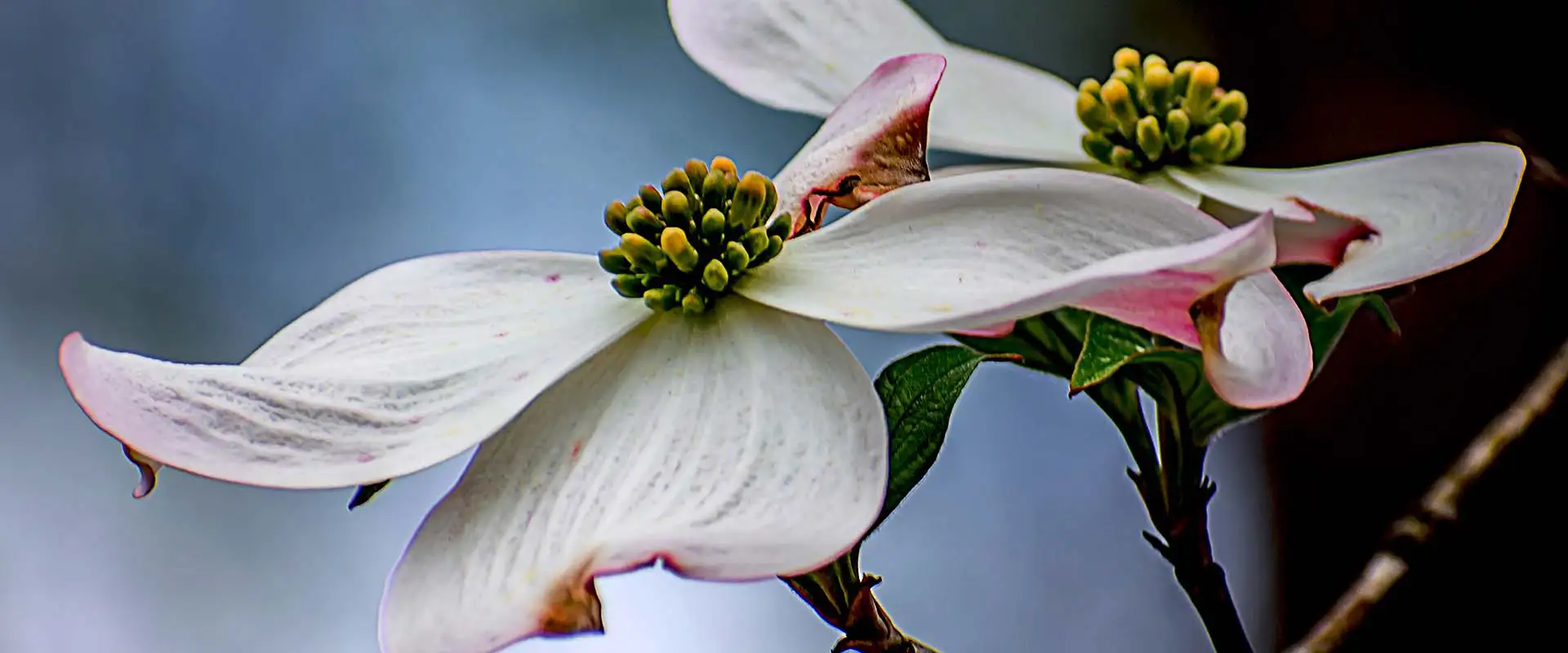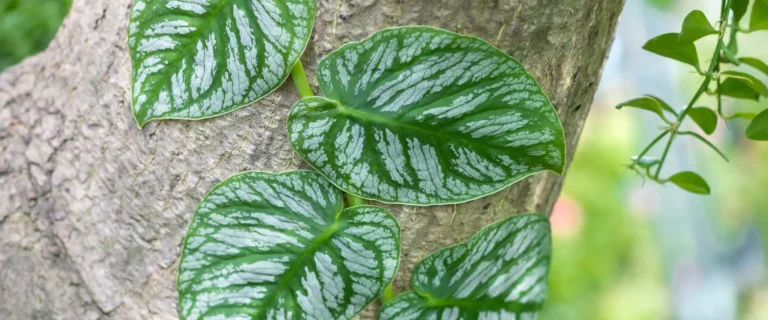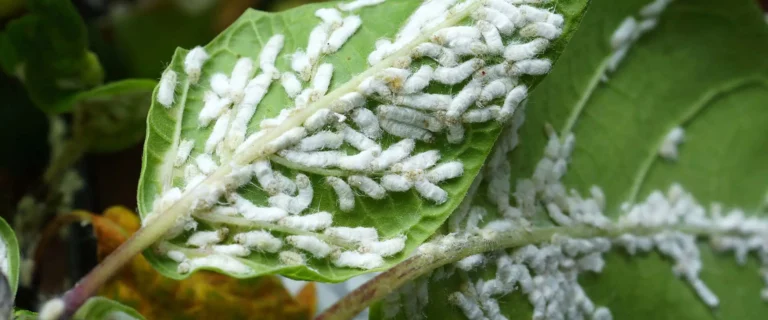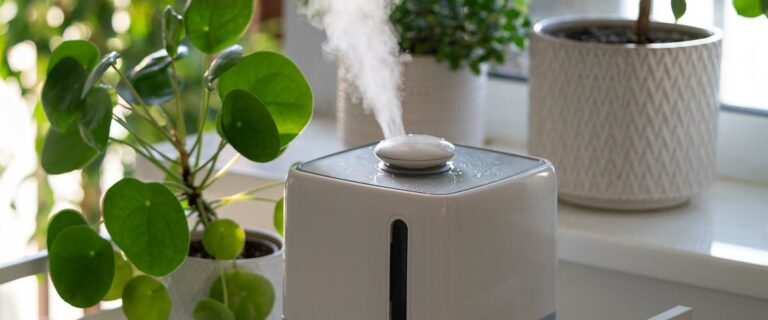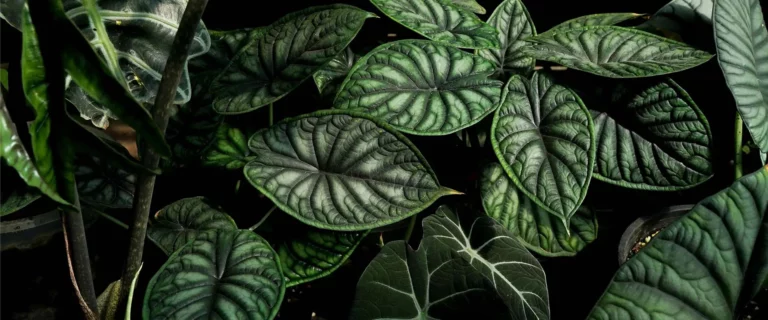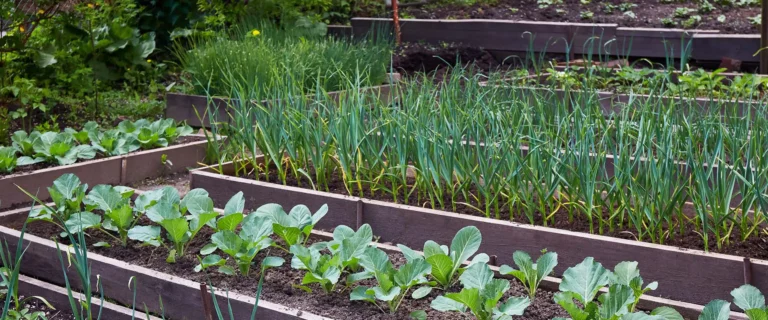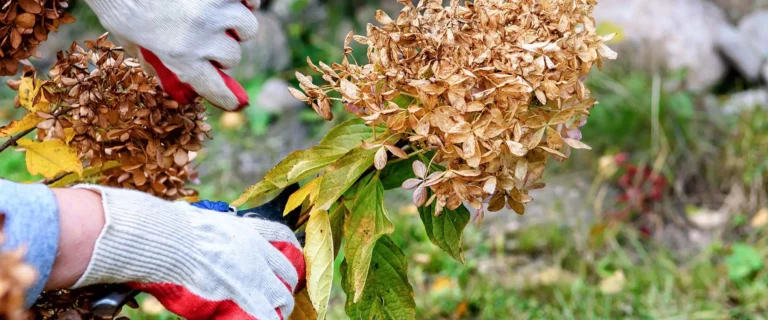The fall season is often touted as the best time of year to plant hardy outdoor landscape plants, including trees, shrubs and perennials. And in many cases, that’s true. Ultimately it depends on two things: the type of plant, whether evergreen, deciduous, or herbaceous, and (we may sound like a broken record here) TIMING.
In gardening, timing is everything.
Fall is a long season and there’s a big difference between early fall and late fall as far as planting is concerned. That’s why we want to offer some guidance regarding successful fall planting.
And remember, at The Gardener’s Center, we like to talk about meteorological seasons, so fall is September, October and November.
Plants that do well planted in the fall regardless of timing:
Deciduous Trees and Shrubs
These are the kind that lose their leaves.
- Flowering trees such as dogwoods and cherries
- Shade trees, think maples and oaks
- Flowering shrubs, such as hydrangea and roses
The above-ground parts of these plants are done growing until next spring, but their roots will continue to grow and thrive until soil temps dip below 45 degrees; that isn’t usually until late November or early December here in southern Connecticut. Deciduous plants planted in the fall are often fully established by the time next summer rolls around, making watering much easier.
Herbaceous Perennials
These are hardy plants that die back completely to the ground during the winter.
- Think peonies, hostas, grasses, etc.
Just like the deciduous trees and shrubs, their roots will also continue to grow well into the later part of fall, even after the top part of the plant has died back and disappeared!
Check out this video and article explaining more about fall planting!
Plants that are okay planted in early fall, but spring planting is best:
Broadleaved and Needle-Leaved Evergreens
Plants that keep their leaves year round.
- Boxwood, rhododendrons, azaleas, hollies, and arborvitaes are best planted by mid October or in the spring.
Evergreen plants work and behave differently than deciduous plants during the winter months. Because they keep their leaves, they still have to move water from the soil through their roots to their stems and leaves during the winter. This is called transpiration, a process that the deciduous plants get to take a break from.
Evergreens planted late in the fall season will not have time to establish their roots before the ground freezes. And when the water in the soil freezes, your freshly-planted evergreens lose their critical ability to drink. A cold winter without snow cover makes the situation even worse.
Plants that should never be planted in the fall:
Plants that are marginally hardy in our area:
- Crepe myrtles, camellias, rosemary and hardy figs should only be planted in the spring.
- They need the longest amount of time to establish themselves before they are subjected to winter temps that they are not meant to survive.
Perennial plants that are not a fan of winter wetness:
- We’re looking at you lavender!
- Agastache, nepeta and coneflowers also hate “wet feet” in the winter.
- Plant all of these perennial favorites in the spring or summer.
So is fall the best time to plant? Now you know that it depends… Pay attention to the meteorological season and the type of plant you have so you can get it in the ground at the best time for it. If you still have questions or need any help, you have friends and gurus available to you at The Gardener’s Center!

